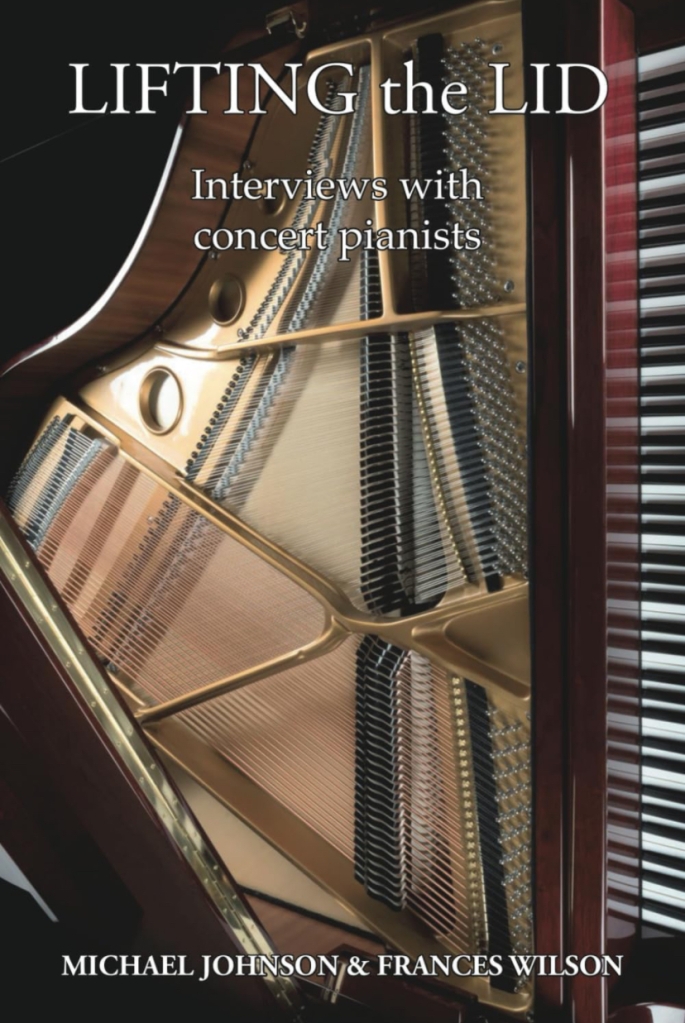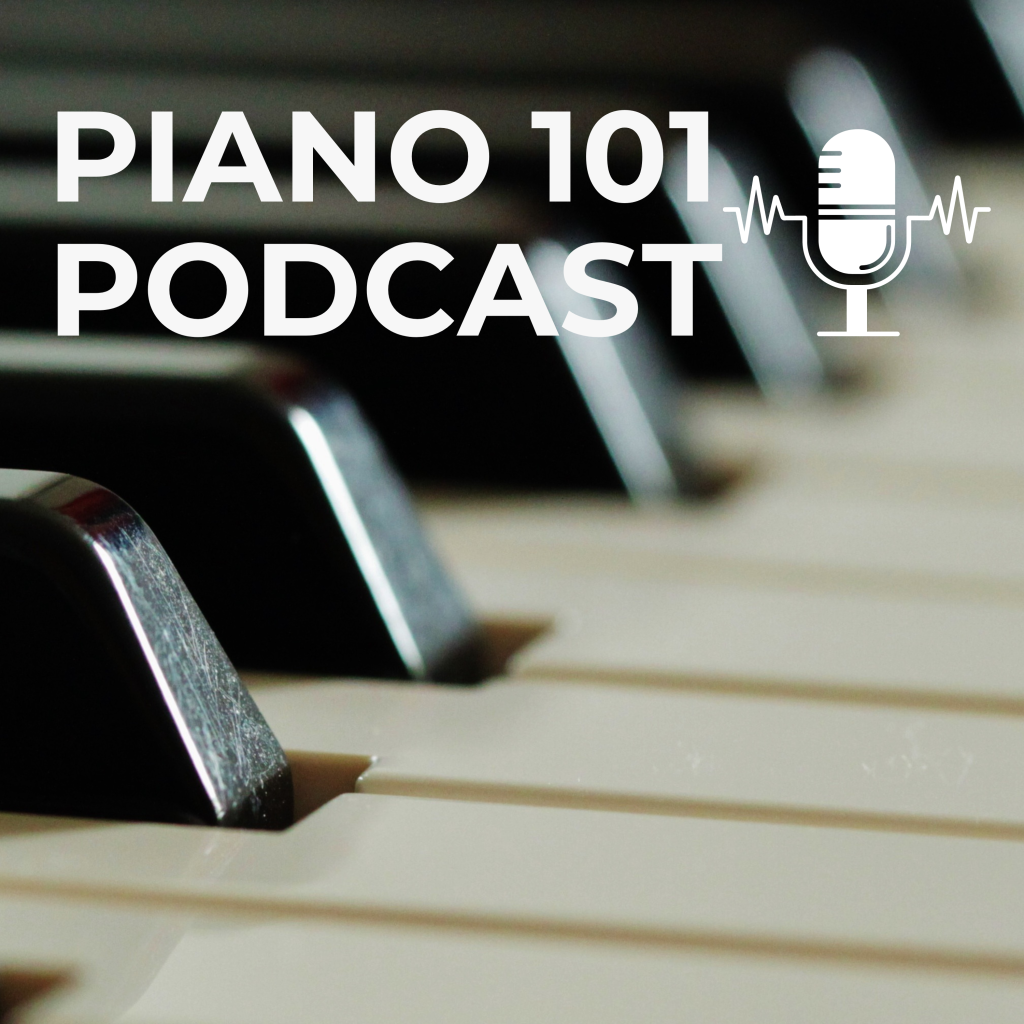BAGATELLES Piano Music by Bernard Hughes
Matthew Mills piano
Release date: 9th June 2023 | Divine Art Recordings (Divine Art DDX 21107)
This album presents the complete works of Bernard Hughes for solo piano, an eclectic collection covering a period of over 30 years. The oldest piece dates back to his teenage years and the most recent is a brand new suite, Partita Contrafacta, a quirky take on traditional Baroque dance forms. The rest of the music ranges from the large-scale Strettos and Striations to little occasional pieces written for the composer’s children. With such a varied range of music, there is something for everyone on this disc.
What makes this album truly special is the culmination of many years of collaboration between Hughes and Mills, who commissioned and premieres Partita Contrafacta on the disc. The two musicians have been working together for years, resulting in a deep understanding of each other’s artistic vision and an unparalleled ability to bring Hughes’ compositions to life on the piano.
Works
Song of the Walnut
Partita Contrafacta (suite in 7 movements)
Song of the Button
Bagatelles (12 movements)
Miniatures (11 movements)
Three Studies
O du Liebe meiner Liebe
Strettos and Striations
Cradle Song
Sample track:
Bernard Hughes says: “This album brings together pretty much all my music for solo piano written over the course of more than 30 years, the earliest from when I was still at school and the latest written just weeks before being recorded, in October 2022. The inspiration was my pianist and friend, Matthew Mills, who suggested the project and who has put untold hours into learning and animating the music, some of which is very straightforward, and lots of which is very much not.
And this variety is very much the point for me. As in all aspects of my compositional work, I don’t have a single piano ‘style’, but cut my cloth according to the occasion. Although there are several of techniques, textures and devices I return to over and again – as will be obvious to anyone listening straight through – there is also a huge range of approach, from music written for piano beginners up to the most virtuosic I could imagine, and from simple blink-and-you-miss-them melodies to ferocious, post-minimalist studies. In some cases, I don’t know what possessed me.”
Pianist Matthew Mills says: “I am very pleased to have done Bernard’s piano album. It’s a substantial milestone in a musical relationship that now goes back probably twenty years or so…. It really captures all facets of Bernard’s kaleidoscopic musical personality, and, having a close knowledge of the composer as well as the music, I think gives it a special resonance.
Bernard Hughes’ music has been performed by ensembles including the BBC Singers and the London Mozart Players at major British venues including the Royal Albert Hall and St Paul’s Cathedral. His music has won a number of awards both in the UK and internationally and is regularly broadcast on BBC Radio 3 in the UK. Bernard Hughes’s BBC commission Birdchant was premiered at the Proms festival in August 2021. This was the culmination of Bernard’s long relationship with the BBC Singers, which also included a major portrait concert in January 2020, leading to I Sing of Love being nominated for an Ivor Novello Composer Award. An album of Bernard Hughes’s choral music, I am the Song, performed by the BBC Singers, was released in 2016. His orchestral works for family concerts, Bernard & Isabel and The Knight Who Took All Day are frequently performed around Britain and were recorded by the Orchestra of the Swan on a release from February 2020. In 2015 he provided music for the comedy film Bill, a fantastical account of Shakespeare’s early years. A second album of choral music, Precious Things, sung by the Epiphoni Consort, was released in May 2022 and was described by Judith Weir as ‘choral music as we rarely hear it – generous, light-footed, surprising.’ Bernard lives in London where he is Composer-in-Residence at St Paul’s Girls’ School, a position he has held since 2015. He is a keen cricket fan, both as a watcher, a player and as chairman of Chiswick Cricket Club in London.For almost three decades, Matthew Mills has enjoyed a busy and diverse freelance career as a pianist, composer, and conductor. With a repertoire encompassing music from five centuries, he has performed across the UK as a soloist, chamber musician, and accompanist, in addition to establishing a reputation as a sympathetic and creative dance accompanist.
A committed supporter of young composers and contemporary music, Matthew founded and directed a contemporary music ensemble at Royal Holloway, University of London, with whom, assisted by his own conducting students, he led workshops and performed works by student composers, as well as established twentieth-century names. He has enjoyed a long collaboration with the British composer Bernard Hughes, having given the first performance of his Bagatelles for piano and participated in the first performances of his chamber opera Dumbfounded! at the Riverside Studios, London.
Matthew studied at the Universities of Oxford and London, and at Trinity College of Music, London. His teachers have included Christopher Elton (piano), Daryl Runswick, Andrew Lovett, and Simon Holt (composition), and Gregory Rose (conducting). An award from Oxford University enabled a period of specialist study of contemporary piano repertoire with Rolf Hind, and he has appeared in masterclasses in composition with Michael Finnissy and George Benjamin, and in piano with John Lill and Rosalyn Tureck.
For further press information, interviews and review copies, please contact Frances Wilson









